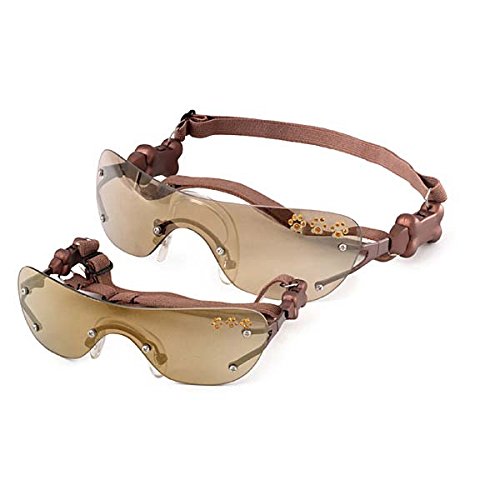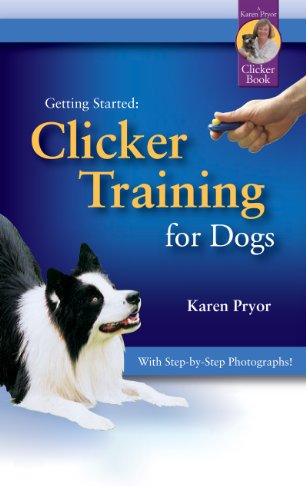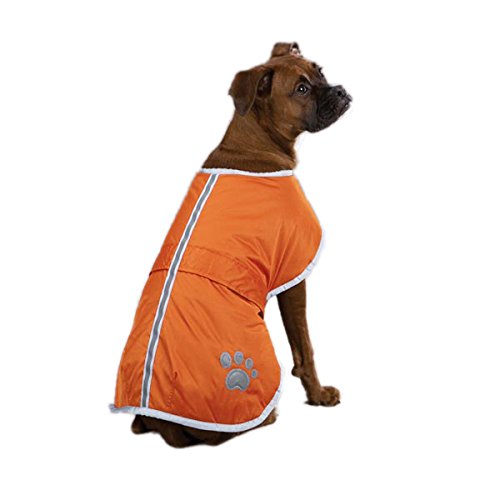
 Credit: nnne
Credit: nnne
If you have a new puppy, you may be interested in discovering some basic training tips. Training can be taught by most new owners, or you can search for a trainer in your area to help out your efforts.
Training your puppy with an obedience instructor can vary in price and it usually takes place in a class setting. If you practice training yourself, it is usually free and you can work in small, quick sessions at your house. Either way, it is necessary to work with them everyday and have a positive direction to head in when you begin your relationship. Read on to see some basic commands every dog trainer should start with.
There are 3 essential commands: These are: sit, stay, and come. The first part of training is to teach your dog to sit. One great and simple tip is to have some small, low calorie treats on hand to reward your puppy. This will help to reinforce good behavior.
Make sure you are aware of the setting you're training in. Aim to perform your training sessions in a calm, controlled environment so they do not get over distracted. Use the command "sit!" and hold the dog treat above their outstretched head. They will have to look behind their head a little, but this will help their hind legs sit on the ground. The dog will have to look behind their head to locate the treat.
 Charlee Bear Dog Treat, 16-Ounce, Liver
Charlee Bear Dog Treat, 16-Ounce, LiverIf they don't sit automatically, give a gentle push on their lower back. Be careful! You don't want to force or hurt your puppy's back legs. When they do sit, praise them and reward them with a treat immediately. Have a positive tone of voice, and a consistent way of praise. This kind of dog training works because the dog constantly hears the command"sit" and will eventually learn to associate the command with sitting and the positive reinforcement.
The next part of dog training is to teach them to stay. This is can be difficult and frustrating. Be patient, work in small sessions and understand this is a marathon, not a sprint. It will come with time and calm training.
To start, have your dog sit in a specified area. As you back away slowly, calmly and repeatly tell them to "stay." Start out by keeping eye contact with your puppy. If they move, tell it "no" and start the process over again. Remember, this training can take a lot of work, especially with young puppies. It might help to have your leash on the dog to be able to direct it if it does move often after you use the stay command.
Once you have made progress with this dog training, you then start by walking away with your back turned. Your dog might get up and follow you at this point in the training. Calmly tell your dog "no" and start the process over from the beginning. Refrain from using commands too much. Just one "no" will do.
Once your dog has mastered how to stay, the next essential command is "come!" After the dog learns how to stay in one spot, use your dog treats (have some in your pocket or a couple in your hand) and tell the dog to "come!' When you command it to "come," use a happy, excited voice and pat your knee as you say "come." They should respond to this training rather quickly and you should reward them when they master it.
Some final tips: Always use praise instead of punishment while training your dog or new puppy. They respond best to positive encouragement and praise, rather than negative energy and abuse. Remember to see your training sessions with a longer view in mind. Have patience, work in small batches of time everyday, and your commands will settle into habits before you know it. Even so, raise the dog you have. Don't try to accomplish something in one single day. Use these three commands; Sit, Stay, and Come as a foundation of commands for your dog.
Follow all of this advice and you'll soon have an obedient dog worthy of everyone's praise. And more importantly, you'll be building a great relationship with your new puppy.
 6 Things Your Dog Needs You to Know About Glaucoma in Dogs
We think of Glaucoma as a pe
6 Things Your Dog Needs You to Know About Glaucoma in Dogs
We think of Glaucoma as a pe
 How To Train Your Puppy The Right Way
Train Your Dog Using Positiv
How To Train Your Puppy The Right Way
Train Your Dog Using Positiv
 Pet Health Insurance Part 2
Not CoveredIn Most Plans Credit: Wikime
Pet Health Insurance Part 2
Not CoveredIn Most Plans Credit: Wikime
 Designer Dog: Jorkie
What is a Jorkie?A Jorkie is
Designer Dog: Jorkie
What is a Jorkie?A Jorkie is
 Dog Coats for Winter
Our dogs are part of our fam
Dog Coats for Winter
Our dogs are part of our fam
Copyright © 2005-2016 Pet Information All Rights Reserved
Contact us: www162date@outlook.com